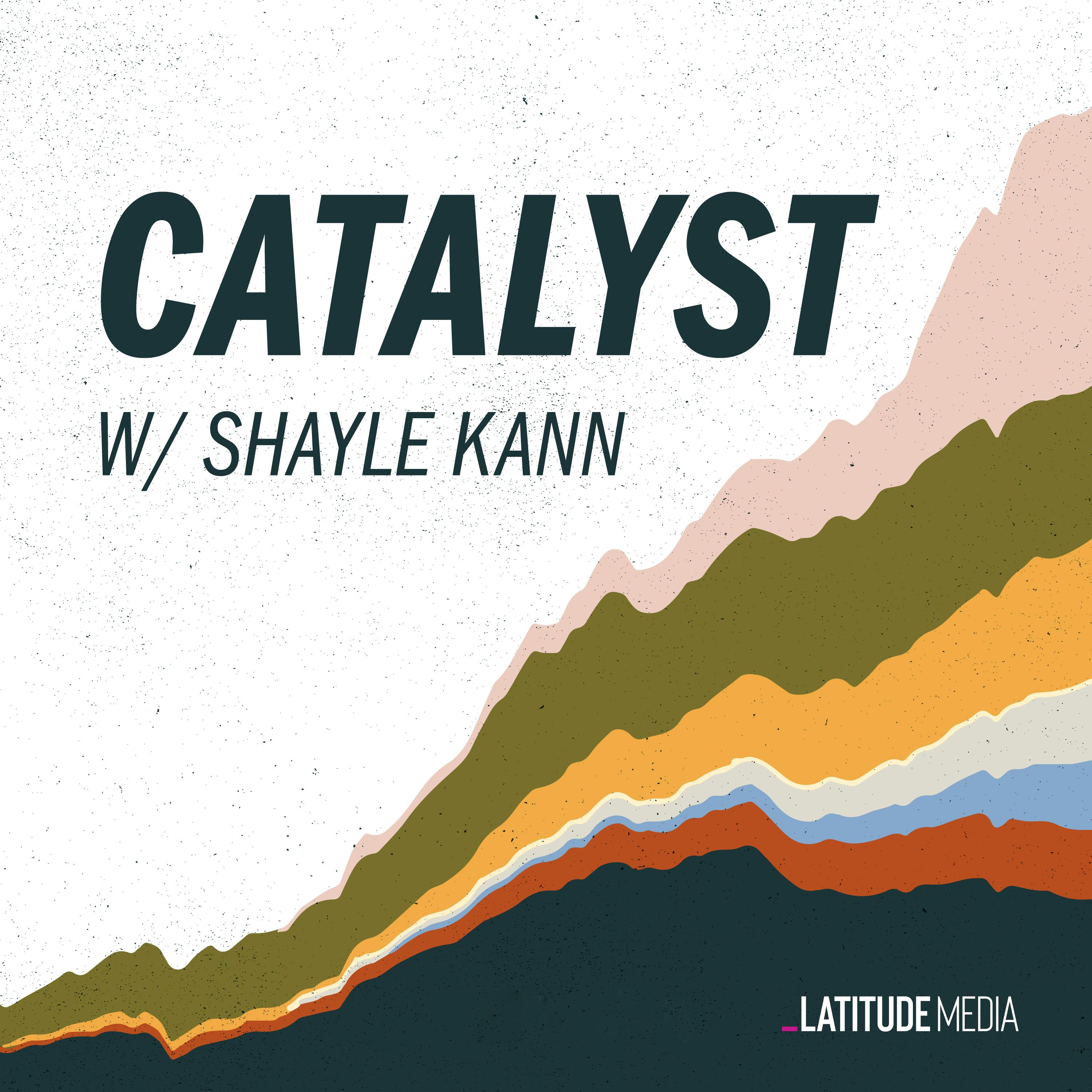The world of battery recycling
Description
The lithium-ion battery business is taking off, and the battery recycling business is close behind. Financiers are pouring over a billion dollars into recycling companies like Redwood Materials, Ascend Elements, and Li-Cycle. But success depends on a steady supply of used batteries, and with batteries lasting longer than expected — and the battery market still in its infancy — there just aren’t enough dying batteries to go around.
As a result, a significant portion of recyclers’ feedstock is coming from manufacturer scrap, i.e. the waste that companies like SK On and Panasonic don’t turn into cells at the factory. But these battery makers are incentivized to minimize waste, which raises big questions about whether recyclers will be able to get enough used batteries to sustainably feed their operations.
So which technologies and business models will succeed in this chapter of the battery industry?
In this episode, Shayle talks to Dan Steingart, chair of the earth and environmental engineering department at Columbia University. (Steingart’s lab gets funding from battery manufacturer Northvolt.) Shayle and Dan cover topics like:
The steps in nickel-manganese-cobalt battery recycling and what Dan calls “zombie lithium”
The differences between pyrometallurgy and hydrometallurgy
Dan’s bet on solvent extraction as an under-appreciated technology
Redwood Materials’ focus on winning the feedstock battle
Ascend Elements’ hydro-to-cathode technology
Li-Cycle’s focus on making inputs for cathode manufacturers
How these recyclers want to compete downstream by producing cathode precursor and cathode material
Why Dan is surprisingly bearish on direct recycling for lithium-iron-phosphate
Recommended Resources:
Nature Sustainability: Examining different recycling processes for lithium-ion batteries
Latitude Media: What’s so hard about building a circular battery economy?
Are growing concerns over AI’s power demand justified? Join us for our upcoming Transition-AI event featuring three experts with a range of views on how to address the energy needs of hyperscale computing, driven by artificial intelligence. Don’t miss this live, virtual event on May 8.
More Episodes
Shayle and his team at Energy Impact Partners (EIP) review a lot of climate-tech pitches. The best kind of pitch uses a solid techno-economic analysis (TEA) to model how a technology would compete in the real world. In a previous episode, we covered some of the ways startups get TEAs wrong — bad...
Published 11/21/24
Oh, the heat pump — a climate tech darling that still hasn’t hit the big time yet. One challenge for heat pumps is that the customer experience can be difficult, involving a complex installation process, poor installation jobs, and even technicians that don’t want to sell you one.
What’s it going...
Published 11/14/24
Published 11/14/24


